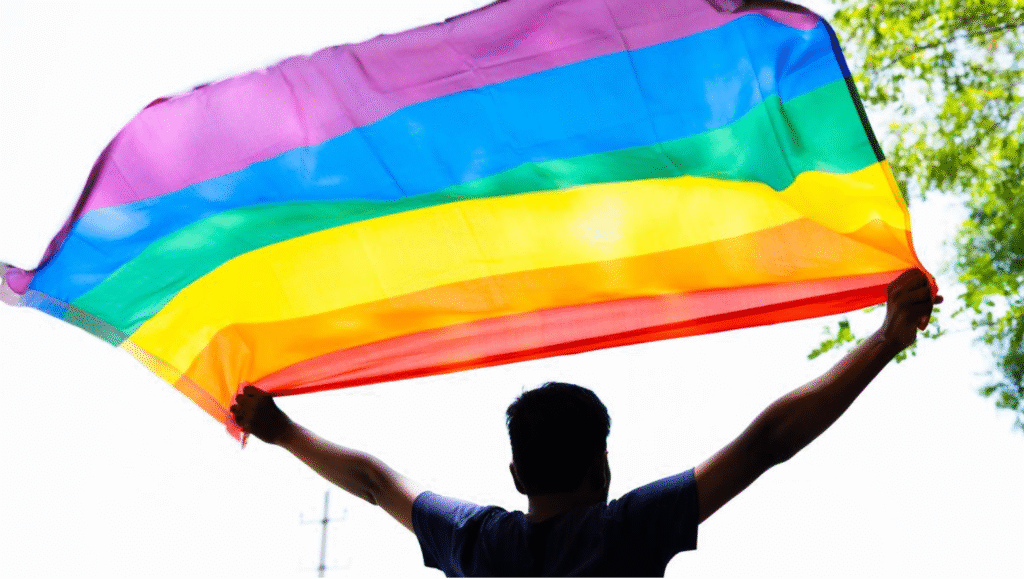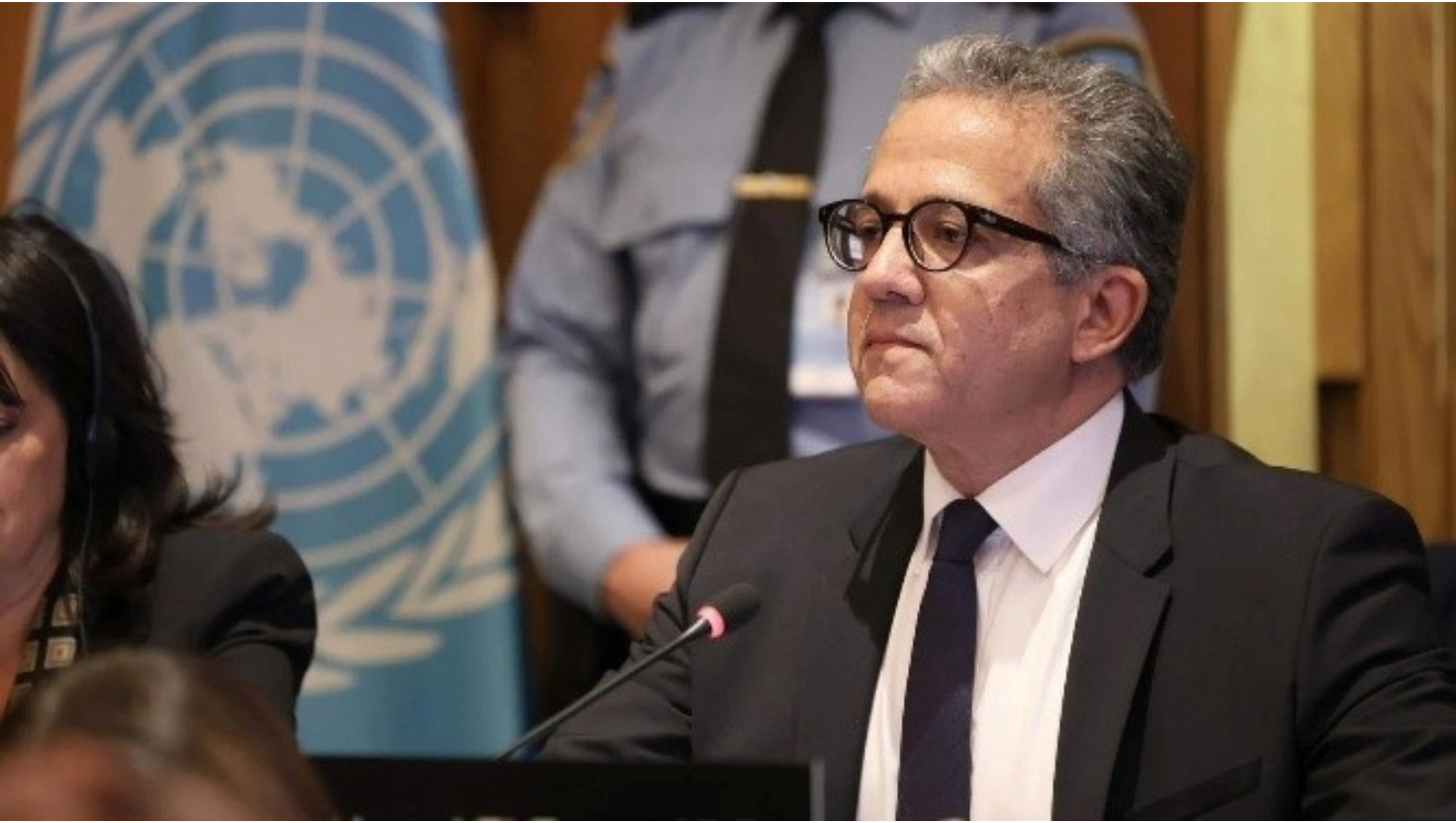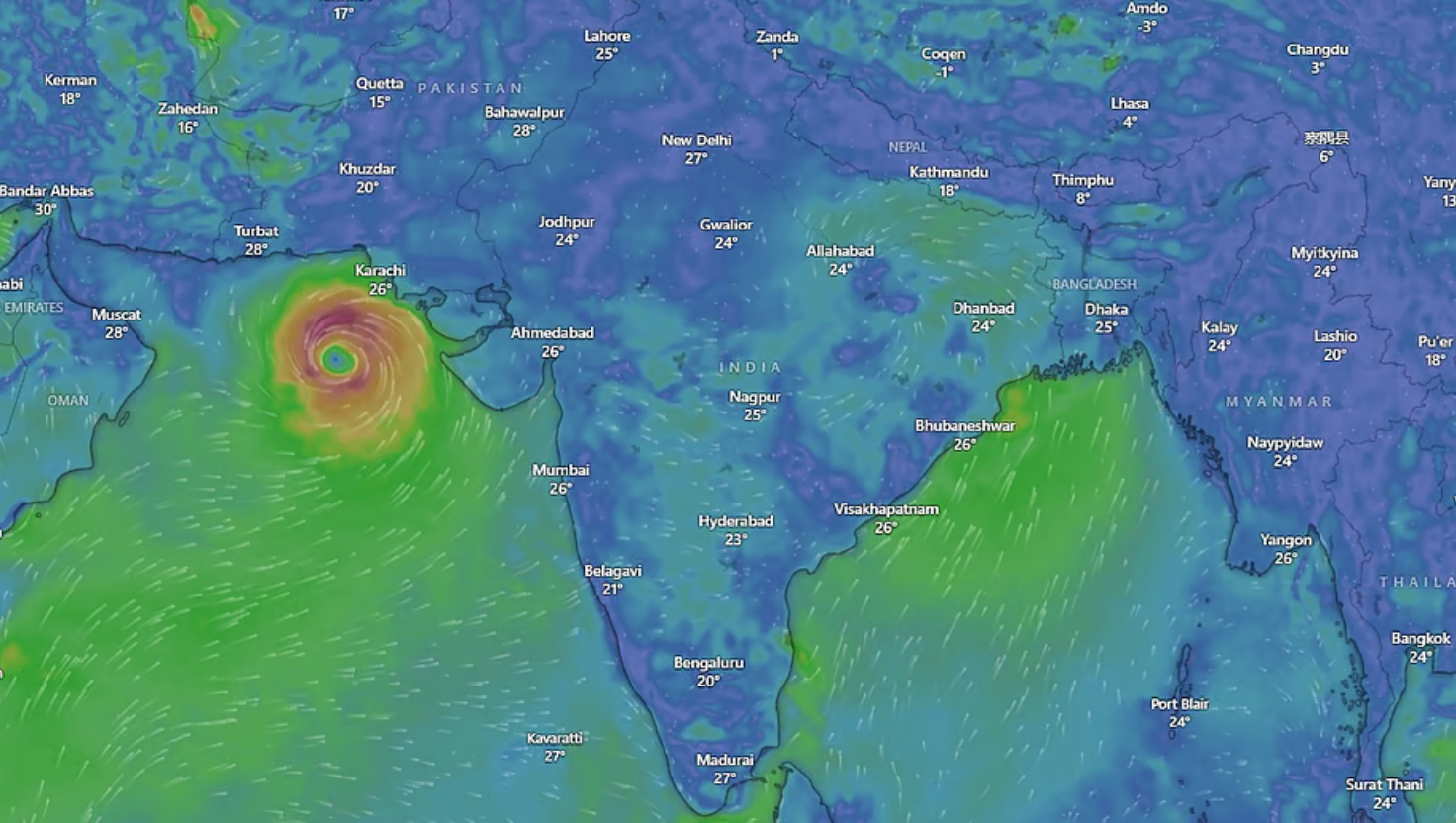From Promises to Participation: Reimagining Transgender Rights in India
Syllabus: Vulnerable Sections (UPSC GS II)
Source: TH
Context
A leading transgender activist recently argued that India must go beyond symbolic welfare schemes and ensure genuine political and social participation of transgender persons in policymaking.
Although the NALSA judgment (2014) legally recognised transgender persons as the “third gender,” the gap between legal rights and lived realities remains wide.
Issues and Challenges
- Legal recognition vs lived reality
- Tokenistic welfare measures
- Quotas in jobs, education, and housing remain difficult to access due to corruption, humiliating verification, and bureaucracy.
- Lack of political voice
- No transgender MPs or Union Ministers.
- Absence from statutory boards (e.g., censor board) means policies are framed for them, not with them.
- Everyday discrimination
- Refusal of house rentals, workplace marginalisation, and harassment in public transport are common.
- Economic vulnerability
- Gender transition costs ₹2–5 lakh in private hospitals.
- Family rejection often forces many into unsafe livelihoods.
Implications
- Democratic deficit: Without representation, democracy reproduces privilege.
- Loss of human capital: Denial of education and jobs wastes potential talent.
- Cycle of poverty: NHRC survey (2017) found 92% denied jobs; 50% face workplace harassment.
- Social injustice: NCRB and WHO data highlight higher vulnerability to violence and suicide among trans persons.
- Developmental setback: Exclusion prevents society from benefiting from diversity and reform.
Steps Taken So Far
- Judicial recognition: NALSA (2014) upheld right to self-identify and directed governments to extend reservations.
- Legislation: Transgender Persons (Protection of Rights) Act, 2019 – prohibits discrimination but criticised for requiring certification by District Magistrates.
- Institutional framework: National Council for Transgender Persons (2020) created for policy advice.
- State initiatives:
- Tamil Nadu: Aravanis Welfare Board (2008), pensions.
- Karnataka: 1% reservation in jobs and education (2021).
- Kerala: State support for gender reassignment surgeries.
- Symbolic representation: Examples like Shabnam Mausi (MLA, 1998) and Joyita Mondal (Judge, 2017) broke barriers but remain exceptions.
Way Forward
- Education
- Scholarships, inclusive curricula, hostels, and anti-bullying measures.
- Expand NCERT’s 2021 step on gender identity in textbooks nationwide.
- Healthcare
- Affordable gender transition procedures under Ayushman Bharat.
- Targeted mental health counselling and insurance coverage.
- Employment and Housing
- Strict enforcement of anti-discrimination laws with penalties.
- Skilling under Skill India and protection in rental markets.
- Expand Karnataka’s reservation model across states.
- Political Representation
- Reserved seats in local bodies.
- Nominations to legislatures and statutory boards.
- Social Sensitisation
- Nationwide campaigns to counter stereotypes.
- Positive media portrayals to normalise gender diversity.
Conclusion
For true inclusion, policies for transgender persons must move beyond welfare promises to structural participation. Ensuring rights in education, healthcare, housing, employment, and political representation will help realise the constitutional promise of dignity, equality, and justice.











